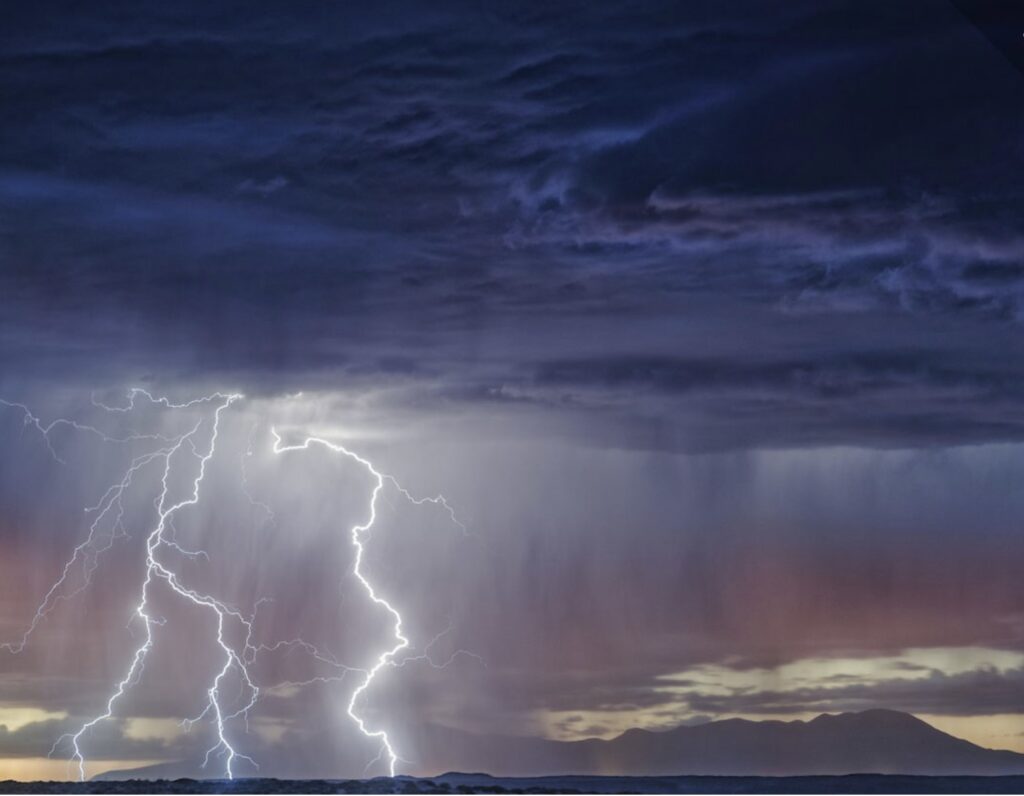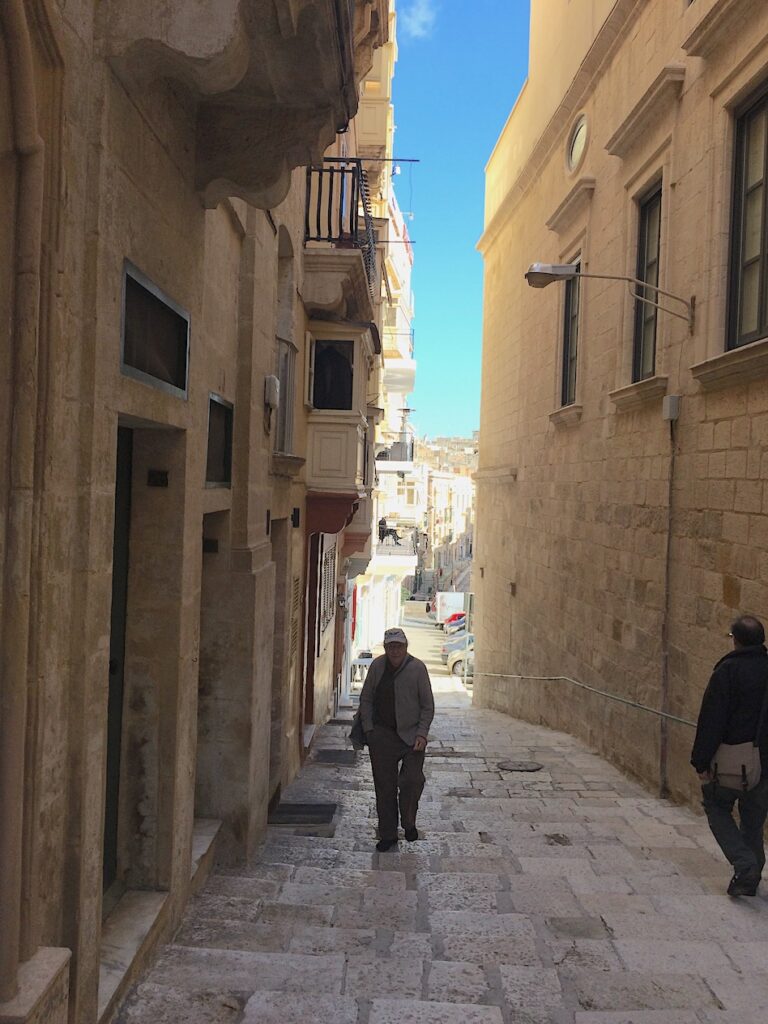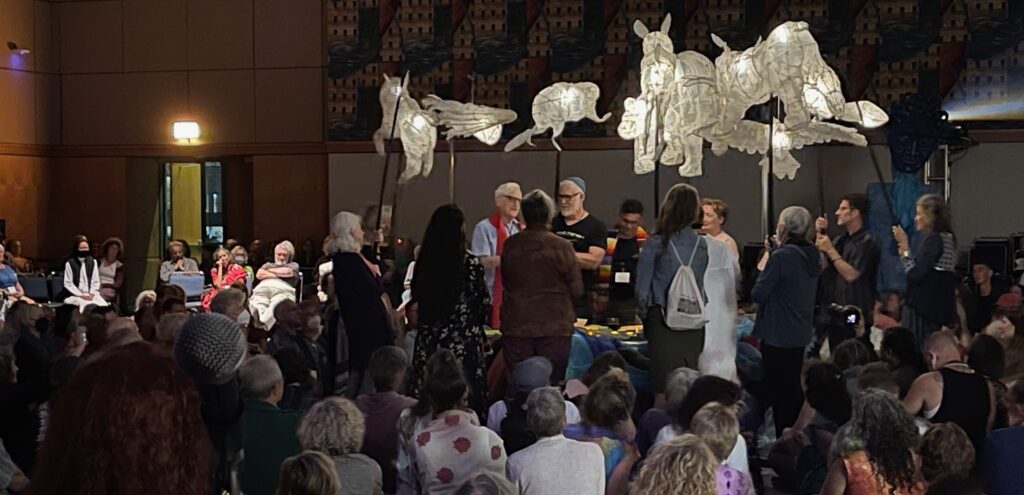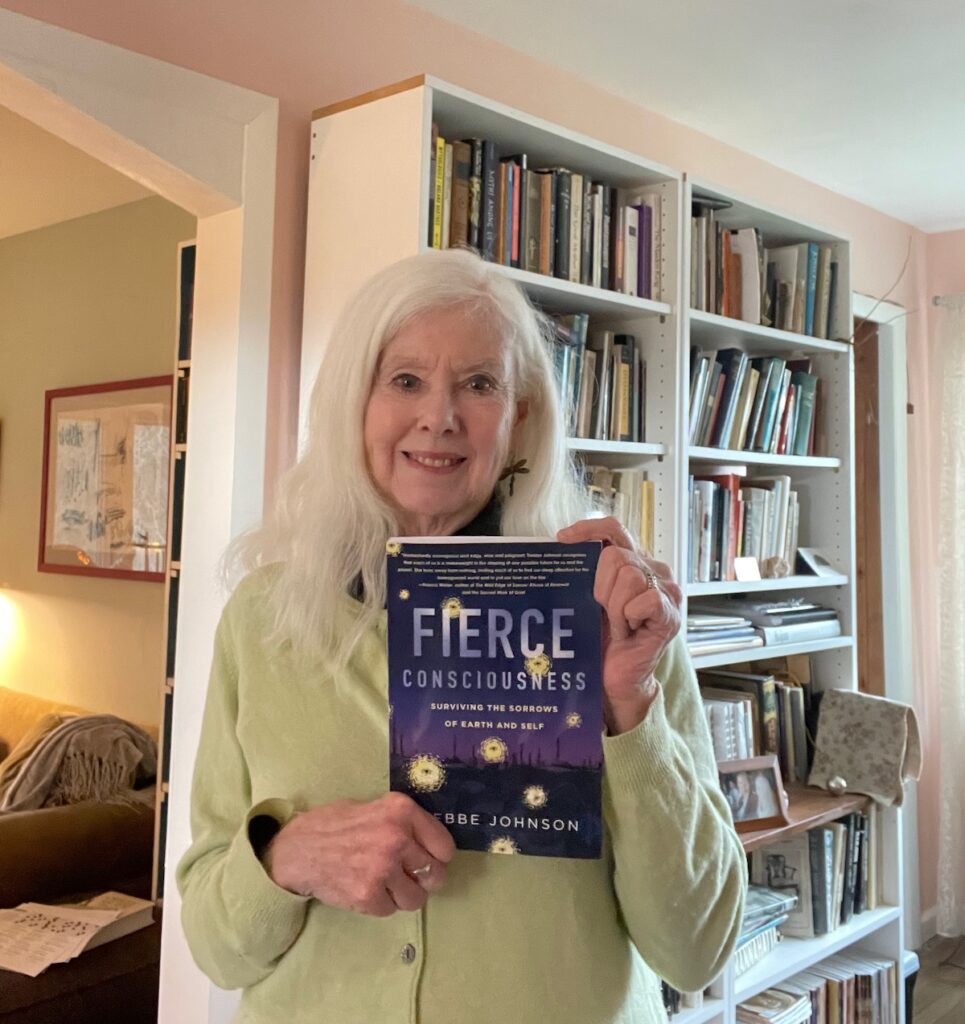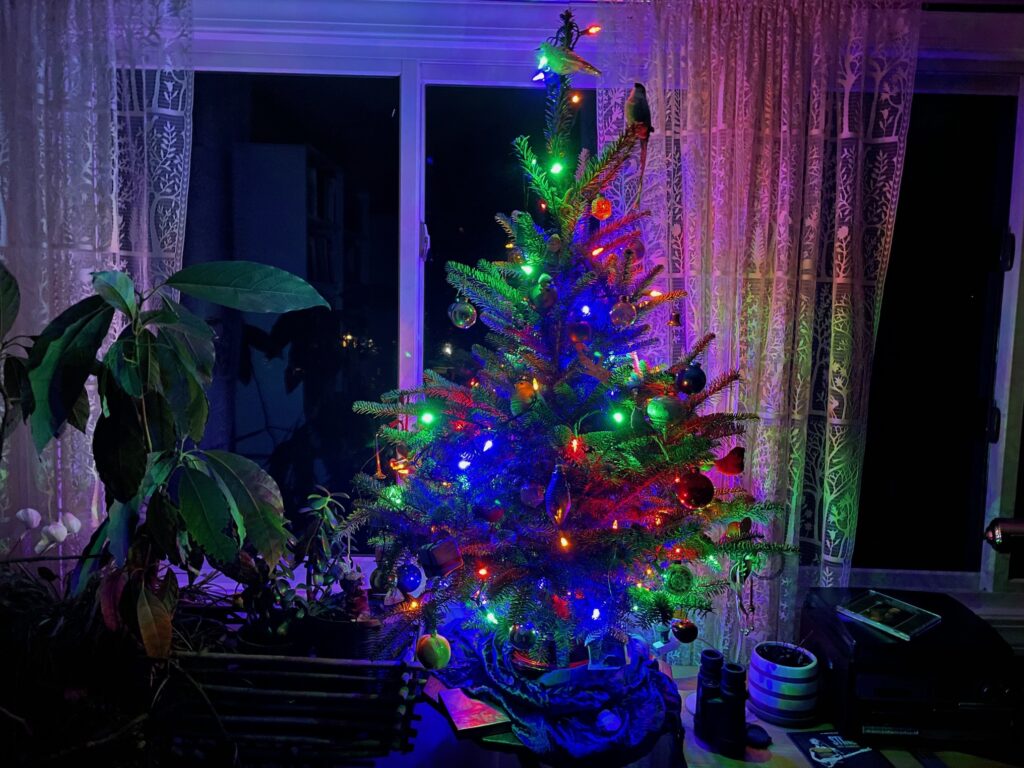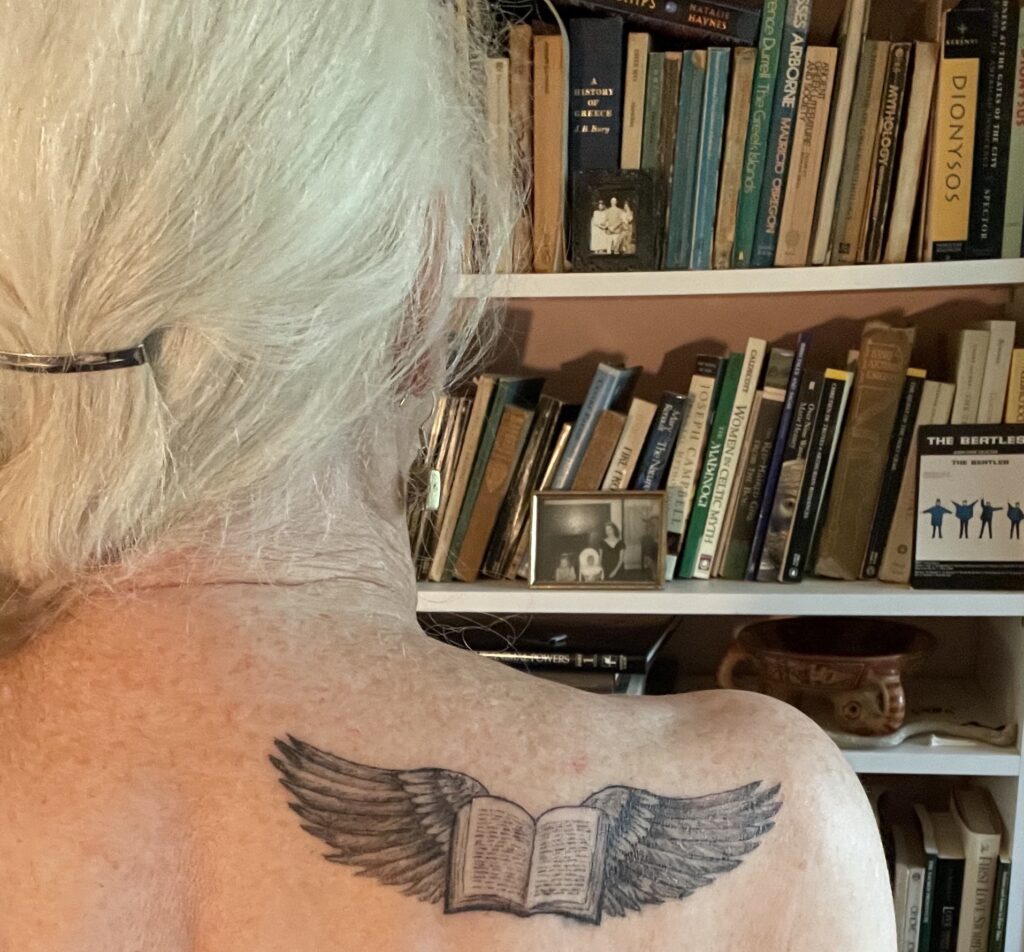I’ve been thinking a lot about transitions lately. On December 31, I stepped down as the executive director of Radical Joy for Hard Times, the nonprofit I founded in 2009. I have been working since I was 16, put myself entirely through college, and always assumed I would have to work for the rest of my life.
However, when Andy, my sweet husband of 36 years, died four years ago, he left me a small pension from the twelve years he taught art in universities. So that, plus Social Security, plus occasional checks for articles and book royalties, plus some income from a few wilderness and Earth-based programs I’ll teach, and a modest helping from my own IRA—I am delighted to say that I now plan to devote myself to being a full-time writer.
And I was thinking about how all of us are constantly going through transitions. When I reached menopause many years ago, I held a weekend ceremony at Andy’s and my home in Pennsylvania. Seven women attended in person, and about a dozen more, from various aspects of my life, sent in photos and notes. I had asked everyone to name the particular transition she herself was going through and, not surprisingly, no one was at a loss to identify that shift.
Sometimes our transitions are forced upon us—the death of a loved one, a scary medical diagnosis, an unwanted move. Sometimes they are specific, worldly things we choose, like a separation from a partner or the decision to have a child or go back to school for a new avocation. And sometimes our transitions are spiritual or psychological. For example: I let go of obsessing over whomever my ex is now involved with. Or: I embrace my own path to my work and cease to compare myself with other people in my field.
The Irish have a beautiful ceremony for New Year’s Eve, which I practiced this year, because December 31 was my last day of leading RadJoy. First you open your back door (if you don’t have one, use a window) and say goodbye to the old year (or whatever it is you’re letting go of). Then you go to the front door, open it, and welcome in the new.
I love ceremony and have written about it in a couple of my books. Ceremony concretizes the abstract. It enacts in physical space and real time what you intend to have manifested over all space and extended time. And, if you speak aloud, which I highly recommend, you bring in witnesses, whether they are actual humans or the trees, rivers, birds, and stars.
Happy New Year!
Upcoming Programs
EARTH HOSPICE
Meeting the Challenge of Climate Change with Beauty, Courage, Spirit, and Community
 A course facilitated by Trebbe Johnson
A course facilitated by Trebbe Johnson
Online
January 9, 16, 23, and 30, 202
OneSpirit Learning Alliance
General Public: $125.00
One Spirit Alumni: $100.00
The Earth itself isn’t dying, of course. But what we are losing is our relationship to the places, plants, animals, dreams, seasons, and plans we thought we could always depend on. In this workshop, you will explore and collect readings, practices, and actions that are meaningful to you and that you can use to create an Earth Hospice ceremony and an ongoing practice.
You will come to understand that, despite this unprecedented crisis we’re facing, we are not doomed to powerlessness and despair. In fact, we all have the power to help ourselves, our community, and the Earth go through it with meaning, beauty, and reverence.
EARTH HOSPICE RITES

January 8 and every two weeks
12:00-12:20 PM Eastern time U.S.
Hosts: Trebbe Johnson and Alison Cornish
A partnership between Radical Joy for Hard Times and The BTS Center
Join us for Earth Hospice Rites, an online, ongoing gathering place to lament, celebrate, share, and offer mindful attention to the places and species we love that are endangered.
Writing
My essay, “Lament and Praise for the Earth“ is out in the current issue of Parabola.
Here’s an excerpt:
Earth congealed from a spinning ball of hot rock. A mere 4.6 billion years later, it teems with life.
An essential part of this complex thing called life is the ability of living beings to assess their circumstances and readjust them. River, woolly mammoth, malaria mosquito, house cat, Cleopatra, Ringo Starr, ruby-throated hummingbird, you and me—we all chafe at some conditions of our world and strive to make things more to our liking. One species among all the billions that have existed has gotten the entire planet into a terrible mess. Earth began as heat, and now we face the loss of much we love on our home planet, because we have overloaded it with heat.
How on Earth are we going to meet this crisis?

